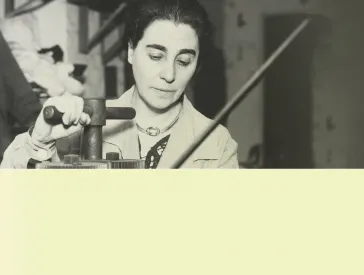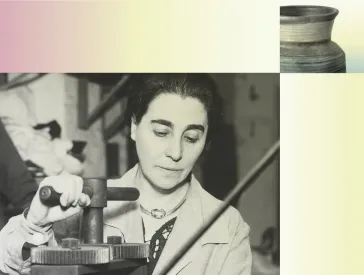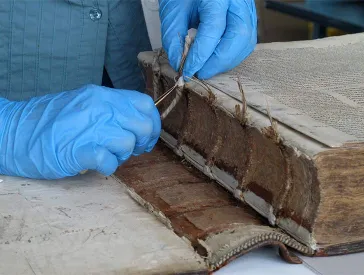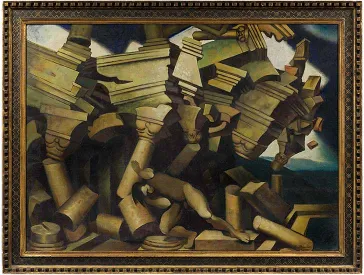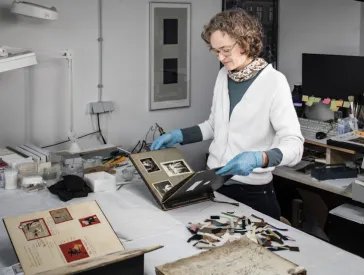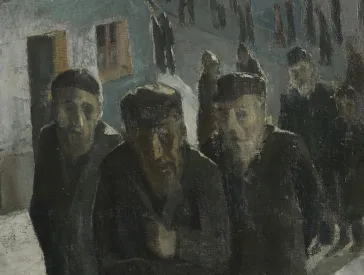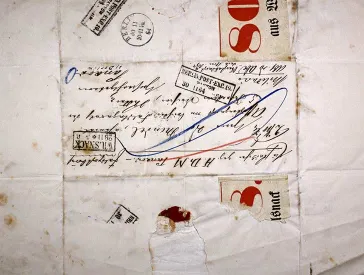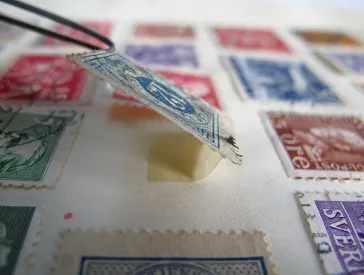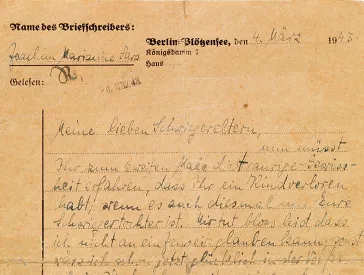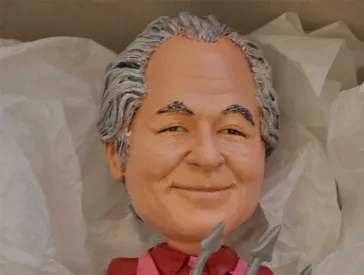Conservation
Many of the objects in our collections bear traces of their own history. They have survived hiding places, emigration, and decades of storage. Our conservators ensure that the valuable paintings, documents, cultural artifacts, and textiles are preserved and can be shown in the museum.
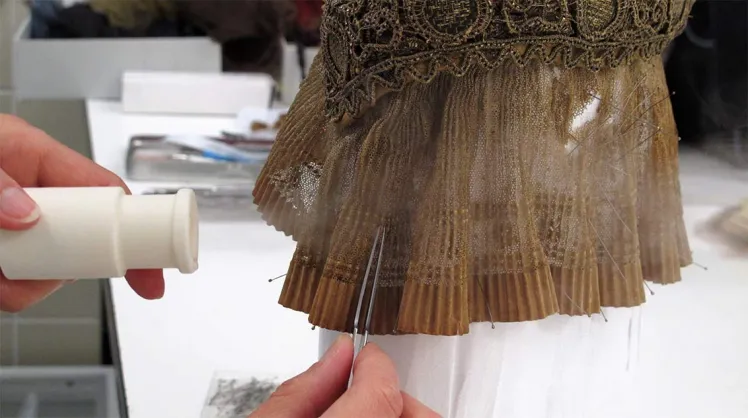
The conservation of a bonnet (kupka) from the 18th century with lace and edging made from metal thread, sequins, glass gemstones, silk, satin, and a linen liner. With the controlled application of moisture, pleats can be restored to their original form; Jewish Museum Berlin, accession 2015/130/1, photo: Stephan Lohrengel.
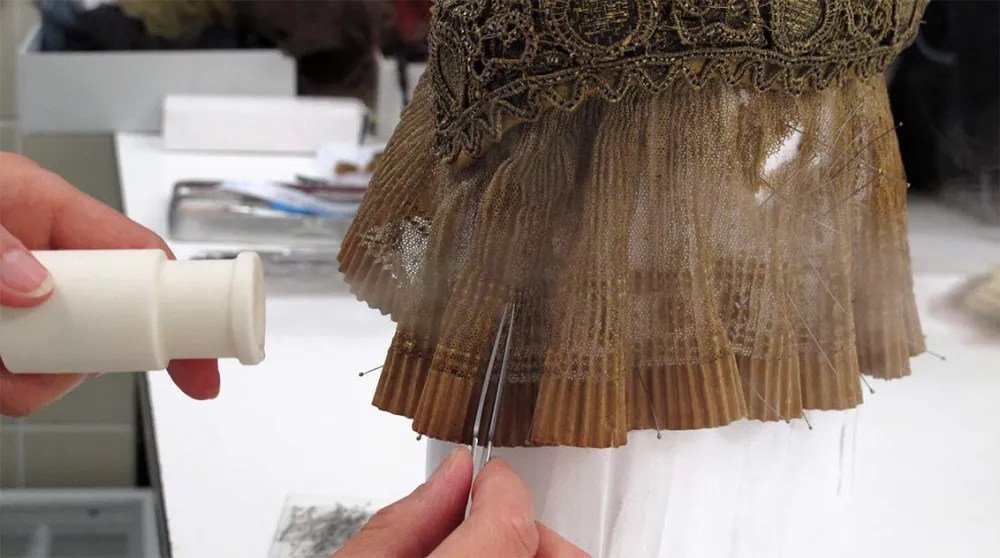 X
X
The conservation of a bonnet (kupka) from the 18th century with lace and edging made from metal thread, sequins, glass gemstones, silk, satin, and a linen liner. With the controlled application of moisture, pleats can be restored to their original form; Jewish Museum Berlin, accession 2015/130/1, photo: Stephan Lohrengel.
